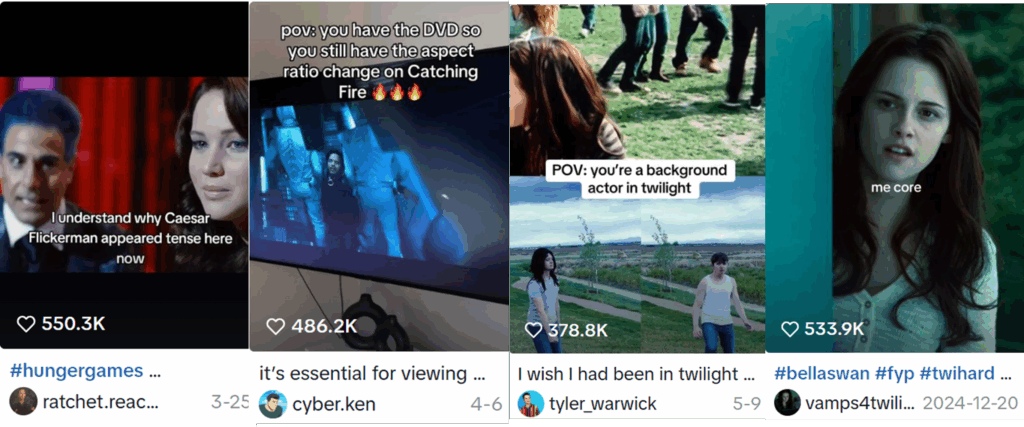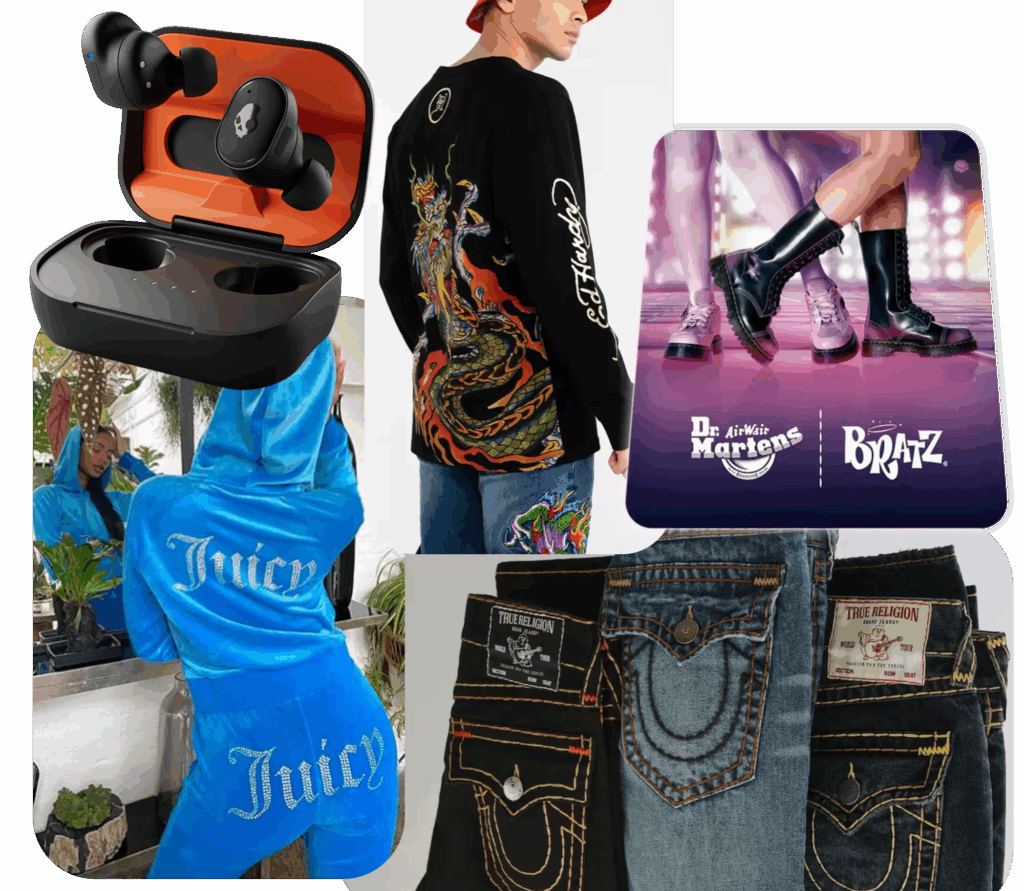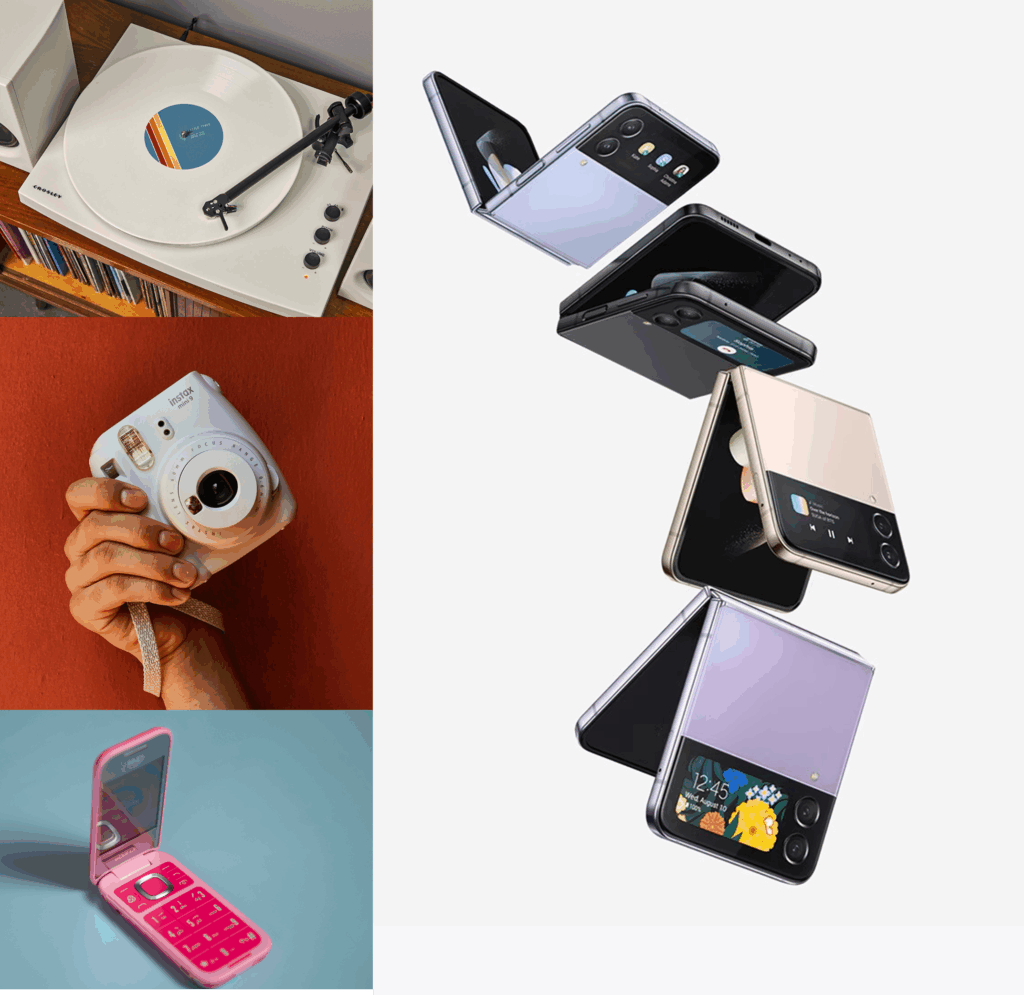Why are people throwing Twilight-themed parties? Why is everyone obsessed with the “hot 2000s mom” aesthetic? And why does every teenager now dance to ABBA songs on TikTok?
One word: nostalgia.
Let’s look at the numbers.
In recent years, the world has grown increasingly volatile and unpredictable—characterized by economic instability, social unrest, climate anxiety, and a rapid transition into the digital era.
Economic sentiment indicators paint a bleak picture. Our March wave of the Economic Sentiment Tracker revealed that nearly half of American respondents (49.72%) report negative perceptions of the current economic state, with particular unease surrounding U.S.-imposed tariffs.
Amid this change, many people—especially younger generations—are turning inward, seeking peace in the familiarity of the past. A significant 77% of Americans agree that nostalgia offers comfort, while 72% find inspiration in it during uncertain or challenging times.
To fully understand why younger consumers are feeling nostalgic for the old days, we used our real-time Cultural Context Engine, OneCliq.
Enabled by AI, OneCliq decodes tone, sentiment, and emotional context from online conversations in minutes. The platform’s Consumer Insight Engine goes beyond surface-level keyword or volume analysis.
It synthesizes consumer perspectives to inform strategy. It pulls data from six major social platforms — Reddit, TikTok, YouTube, Instagram, Twitter, and Facebook — to identify the trends and patterns.
Nostalgia is the new coping mechanism.
The cultural response is especially pronounced among younger generations. Millennials are experiencing heightened nostalgia for their own childhoods and are romanticizing the 1990s and early 2000s.
Interestingly, this isn’t their nostalgia. Most Gen Zers were toddlers (or not yet born) during that period. But that doesn’t matter. The culture of 90’s and 00’s represents a pre-chaotic digital age that feels…safe.
This generational yearning manifests in a renewed interest in vintage television, Y2K-era celebrities, pop music, and iconic fashion trends.
OneCliq highlighted why consumers online are gravitating towards nostalgia. Based on over 19,000 consumer comments across six different sources, OneCliq showed their desire to connect with a simpler, more familiar time serves as a form of psychological self-soothing—a mechanism that reduces anxiety, reaffirms identity, and fosters a sense of collective belonging.
Audiences are gravitating toward messages that acknowledge their realities and speak to their need for emotional connection, security, and a shared past—even if that past is partly imagined—while platforms like TikTok accelerate this trend by curating and amplifying nostalgic content through aesthetics, soundtracks, and memes that draw Gen Z into cultural touchstones like Twilight, Y2K fashion, and early web culture.
One commenter noted:
“I adored my early internet days… but even more so, I wish I could have been born 10 years earlier to experience those days at a different age.”
The past has become aspirational, not just reminiscent.
This revival is emblematic of a deeper generational need for comfort, identity, and collective belonging. A compelling 64% of people now say that being a fan is part of their personal identity. For younger audiences, fandoms like Twilight or Hunger Games are not just entertainment—they are cultural rituals that provide structure and meaning.

Selling nostalgia.
As Millennials and Gen Z come to dominate the consumer landscape, nostalgia is becoming a high-impact marketing tool. These generations crave authenticity and emotional resonance in branding. Seven in ten consumers express a preference for genuine, unfiltered narratives—stories that reflect their realities, validate their feelings, and avoid overly polished or performative messaging.
Through OneCliq, while we found that 22% of comments expressed frustration with the commercialization of nostalgia, 44% of consumers expressed a positive sentiment toward nostalgia.
Leading brands have begun tapping into this cultural undercurrent with great success. For instance, Doc Martens’ collaboration with Bratz—a quintessential Y2K brand known for its bold dolls and distinctive fashion—has resonated deeply with Gen Z. Similarly, other early-2000s staples like Juicy Couture, DC Shoes, Ed Hardy, True Religion, and Skullcandy have experienced a resurgence, reinvigorated by the broader nostalgia wave.

Even technology companies are drawing inspiration from retro aesthetics, reintroducing design elements and product lines reminiscent of a more analog era. A notable example is Samsung’s reimagining of the flip phone. These efforts tap into emotional memory, transforming consumer sentiment into brand loyalty, showing that Gen Z and Millennials aren’t just looking for products—they’re seeking experiences and emotions tied to their values. Successful brands blend nostalgic aesthetics with modern principles like inclusivity, sustainability, and cultural relevance. They don’t just sell items; they sell connection.

How can brands tap into nostalgia?
In an era of rapid change and uncertainty, nostalgia offers Gen Z and Millennials a sense of comfort, identity, and emotional stability. The resurgence of the 90’s and 00’s aesthetic illustrates how shared cultural memories can become powerful emotional touchpoints.
So how can brands authentically tap into digital nostalgia to connect with younger generations?
Our VP of Trends & Foresight, Shelby Walsh, shares her wisdom:
1. Use fandom as foundation
Brands can harness nostalgic fandoms (Y2K music, etc.) to build immersive brand worlds that deliver emotional safety and community. Tapping into fan-driven rituals gives consumers a space to re-experience identity, not just recall it.
Shelby Walsh, VP of Trends & Foresight, Dig Insights
For Millennials, this may be about reliving some of these nostalgic fandoms, but for Gen Z, this is a “secondhand nostalgia.” Gen Z is romanticizing Y2K — a period they never participated in — as a lost utopia before the era of the AI flattening, algorithmic feeds and increased political and economic complexities of life.
Brands, ask yourself:
“What past cultural moments or aesthetics align naturally with your brand’s DNA and how might you reinterpret them through a modern lens?”
2. Think retro-inspired, but future-infused
Revive iconic aesthetics from the 90s and 2000s, but embed them with today’s values like inclusivity, sustainability, and digital connectivity. When nostalgia evolves rather than repeats it amps up emotional relevance.
Brands, ask yourself:
“How can you transform passive nostalgia into active co-creation, inviting your audience to remix, relive, or reimagine the past with you?”
3. Lean into comfort commerce
In uncertain times, products that evoke memory offer psychological refuge. By designing for emotional comfort (through packaging, storytelling, or sensory cues) brands can turn ordinary touch points into rituals of belonging.
Brands, ask yourself:
“What nostalgic signals are currently resonating in real-time on platforms like TikTok and how might you authentically embed these into your brand storytelling or innovation roadmap?”
About OneCliq
Dig acquired OneCliq, a next-gen cultural context engine that brings the unfiltered voice of the market into innovation and brand strategy, in July 2025.
OneCliq’s unique AI-powered tool intelligently decodes tone, sentiment, and emotional context from online conversations and social media platforms, synthesizing consumer perspective to inform brand and innovation work.
OneCliq adds real-time cultural context to our tech-enabled approach, helping brands make faster, more informed decisions.